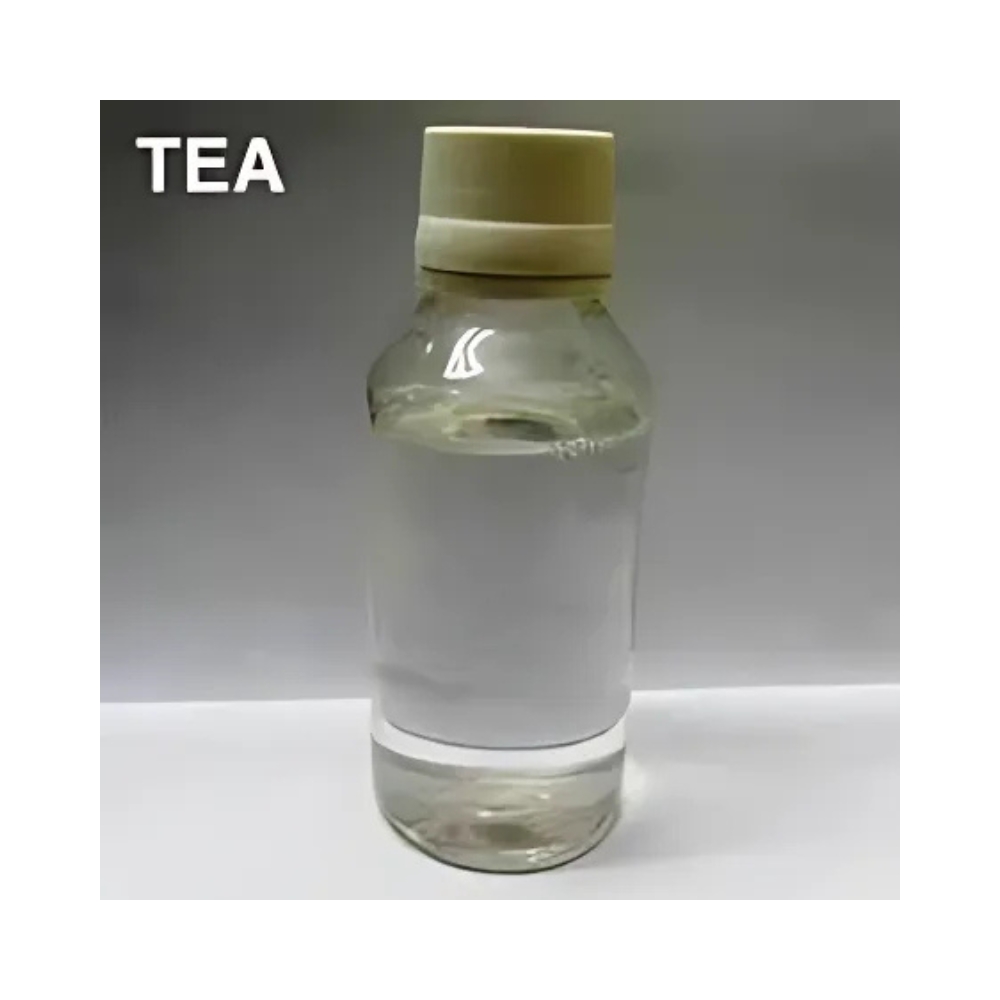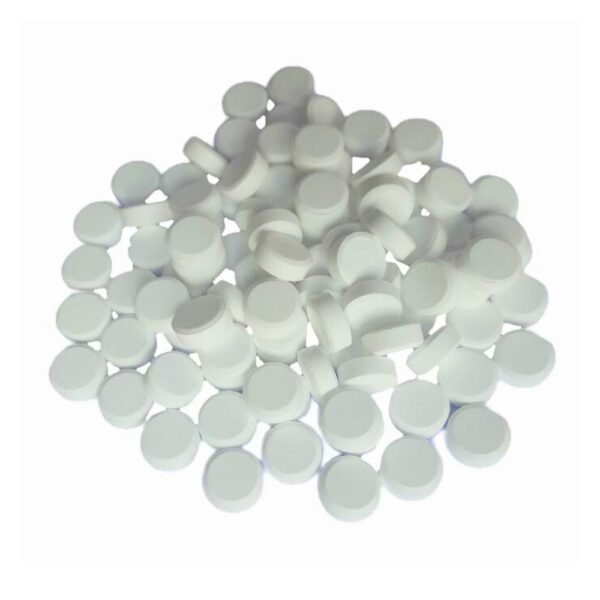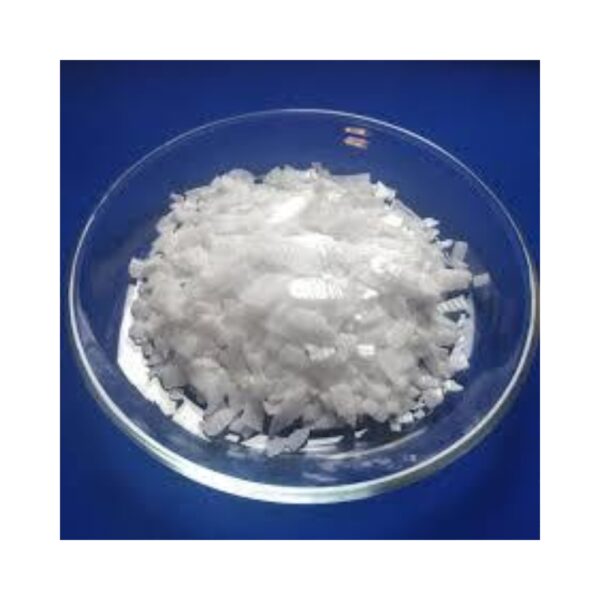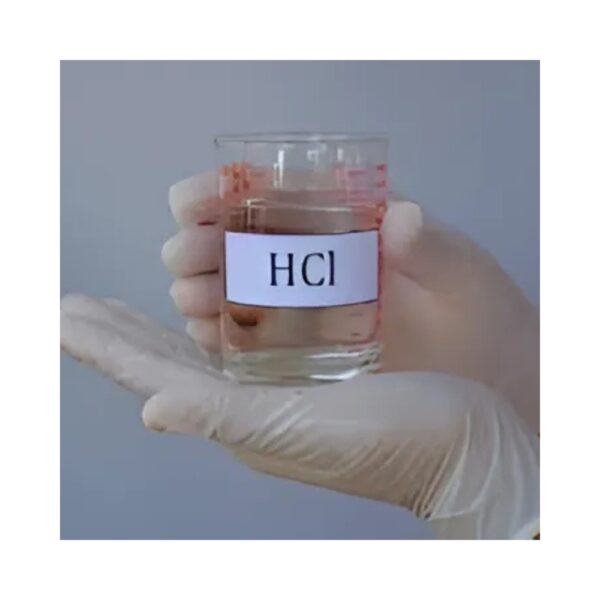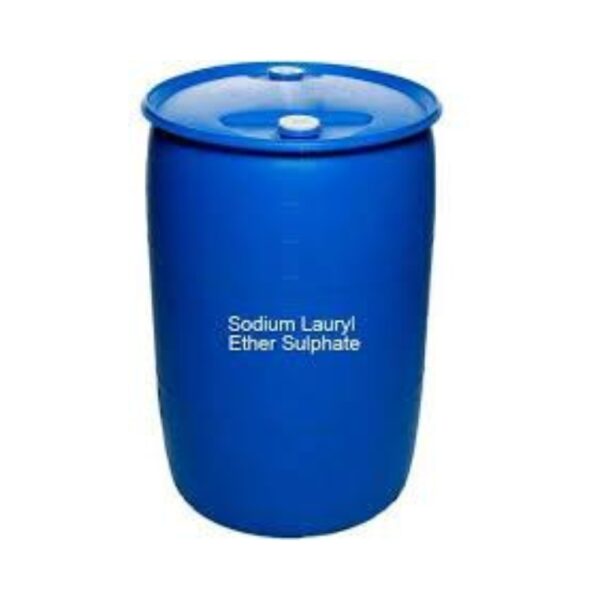Triethanolamine (TEA oil 99%)
| Form | Flakes |
|---|---|
| Packaging | 50 kg, 200 kg |
| Purity | 99% |
| Shelf Life | 2-3 year |
| GRADE | Technical |
| CAS NO. |
1. Chemical Definition
- Name: Triethanolamine
- Chemical Formula: C₆H₁₅NO₃
- Molecular Weight: 149.19 g/mol
- Chemical Structure: Composed of three hydroxyl groups (-OH) and one amine group (-NH) attached to an ethane backbone.
- Appearance: Clear, colorless to pale yellow viscous liquid.
- Purity: TEA Oil 99% refers to a highly pure grade containing 99% Triethanolamine.
- Nature: Hygroscopic (absorbs moisture) and slightly viscous.
2. Usages of Triethanolamine (TEA Oil 99%)
Triethanolamine is a versatile compound used in various industries:
- Cosmetics and Personal Care:
- Acts as a pH adjuster in skincare products, such as creams, lotions, and shampoos.
- Used as an emulsifying agent to blend water and oil-based ingredients in cosmetics.
- Found in soaps, shaving creams, and makeup for its stabilizing properties.
- Pharmaceutical Industry:
- Functions as a buffering agent in medicinal creams and ointments.
- Used in eye drops and topical formulations.
- Textile Industry:
- Acts as a lubricant and softener in textile processing.
- Metalworking:
- Utilized in metalworking fluids as a corrosion inhibitor and pH stabilizer.
- Detergent and Cleaning Products:
- Added to liquid detergents, surface cleaners, and dishwashing liquids to neutralize fatty acids and improve solubility.
- Cement and Construction:
- Used as a grinding aid in cement production to enhance efficiency and reduce energy consumption.
- Industrial Applications:
- Employed in oil and gas for gas sweetening to remove hydrogen sulfide and CO₂.
- Acts as a surfactant and dispersant in lubricants and coatings.
3. Safety and Handling Precautions
Triethanolamine, while widely used, requires careful handling due to its potential health effects:
- Health Hazards:
- Skin Contact: May cause mild to moderate skin irritation. Prolonged exposure can lead to dermatitis.
- Eye Contact: Can cause severe eye irritation and redness.
- Inhalation: Vapors or mist may irritate the respiratory tract.
- Ingestion: Ingestion is harmful and may cause gastrointestinal irritation, nausea, and vomiting.
- Precautions:
- Personal Protective Equipment (PPE): Wear protective gloves, safety goggles, and chemical-resistant clothing. Use respiratory protection if vapor concentration is high.
- Storage: Store in a cool, dry, and well-ventilated place. Keep containers tightly closed and away from incompatible materials like strong acids or oxidizing agents.
- Handling: Avoid inhalation of vapors and contact with skin or eyes. Use in well-ventilated areas to minimize exposure.
- First Aid Measures:
- Skin Contact: Rinse with plenty of water and mild soap for 15 minutes. Remove contaminated clothing.
- Eye Contact: Flush eyes with clean water for at least 15 minutes. Seek medical attention immediately.
- Inhalation: Move to fresh air; seek medical help if breathing difficulties persist.
- Ingestion: Do not induce vomiting. Rinse mouth and drink plenty of water; seek immediate medical assistance.
- Environmental Concerns:
- Avoid releasing TEA into water systems as it may have harmful effects on aquatic life.
- Dispose of TEA and contaminated packaging according to local environmental regulations.
4. Regulatory Information
- Triethanolamine is not classified as highly toxic but is regulated for safe handling.
- In the European Union (EU), it complies with REACH regulations.
- In the U.S., it is monitored under the OSHA guidelines for workplace safety.
5. Synonyms
- TEA
- Trolamine
- 2,2′,2”-Nitrilotriethanol
By following safety measures and industry standards, Triethanolamine can be safely and effectively used in a variety of applications.
Product Description
1. Chemical Definition
- Name: Triethanolamine
- Chemical Formula: C₆H₁₅NO₃
- Molecular Weight: 149.19 g/mol
- Chemical Structure: Composed of three hydroxyl groups (-OH) and one amine group (-NH) attached to an ethane backbone.
- Appearance: Clear, colorless to pale yellow viscous liquid.
- Purity: TEA Oil 99% refers to a highly pure grade containing 99% Triethanolamine.
- Nature: Hygroscopic (absorbs moisture) and slightly viscous.
2. Usages of Triethanolamine (TEA Oil 99%)
Triethanolamine is a versatile compound used in various industries:
- Cosmetics and Personal Care:
- Acts as a pH adjuster in skincare products, such as creams, lotions, and shampoos.
- Used as an emulsifying agent to blend water and oil-based ingredients in cosmetics.
- Found in soaps, shaving creams, and makeup for its stabilizing properties.
- Pharmaceutical Industry:
- Functions as a buffering agent in medicinal creams and ointments.
- Used in eye drops and topical formulations.
- Textile Industry:
- Acts as a lubricant and softener in textile processing.
- Metalworking:
- Utilized in metalworking fluids as a corrosion inhibitor and pH stabilizer.
- Detergent and Cleaning Products:
- Added to liquid detergents, surface cleaners, and dishwashing liquids to neutralize fatty acids and improve solubility.
- Cement and Construction:
- Used as a grinding aid in cement production to enhance efficiency and reduce energy consumption.
- Industrial Applications:
- Employed in oil and gas for gas sweetening to remove hydrogen sulfide and CO₂.
- Acts as a surfactant and dispersant in lubricants and coatings.
3. Safety and Handling Precautions
Triethanolamine, while widely used, requires careful handling due to its potential health effects:
- Health Hazards:
- Skin Contact: May cause mild to moderate skin irritation. Prolonged exposure can lead to dermatitis.
- Eye Contact: Can cause severe eye irritation and redness.
- Inhalation: Vapors or mist may irritate the respiratory tract.
- Ingestion: Ingestion is harmful and may cause gastrointestinal irritation, nausea, and vomiting.
- Precautions:
- Personal Protective Equipment (PPE): Wear protective gloves, safety goggles, and chemical-resistant clothing. Use respiratory protection if vapor concentration is high.
- Storage: Store in a cool, dry, and well-ventilated place. Keep containers tightly closed and away from incompatible materials like strong acids or oxidizing agents.
- Handling: Avoid inhalation of vapors and contact with skin or eyes. Use in well-ventilated areas to minimize exposure.
- First Aid Measures:
- Skin Contact: Rinse with plenty of water and mild soap for 15 minutes. Remove contaminated clothing.
- Eye Contact: Flush eyes with clean water for at least 15 minutes. Seek medical attention immediately.
- Inhalation: Move to fresh air; seek medical help if breathing difficulties persist.
- Ingestion: Do not induce vomiting. Rinse mouth and drink plenty of water; seek immediate medical assistance.
- Environmental Concerns:
- Avoid releasing TEA into water systems as it may have harmful effects on aquatic life.
- Dispose of TEA and contaminated packaging according to local environmental regulations.
4. Regulatory Information
- Triethanolamine is not classified as highly toxic but is regulated for safe handling.
- In the European Union (EU), it complies with REACH regulations.
- In the U.S., it is monitored under the OSHA guidelines for workplace safety.
5. Synonyms
- TEA
- Trolamine
- 2,2′,2”-Nitrilotriethanol
By following safety measures and industry standards, Triethanolamine can be safely and effectively used in a variety of applications.
Our all products will be ISO, GMP and ZED certified

ISO company certified

GMP company certified


